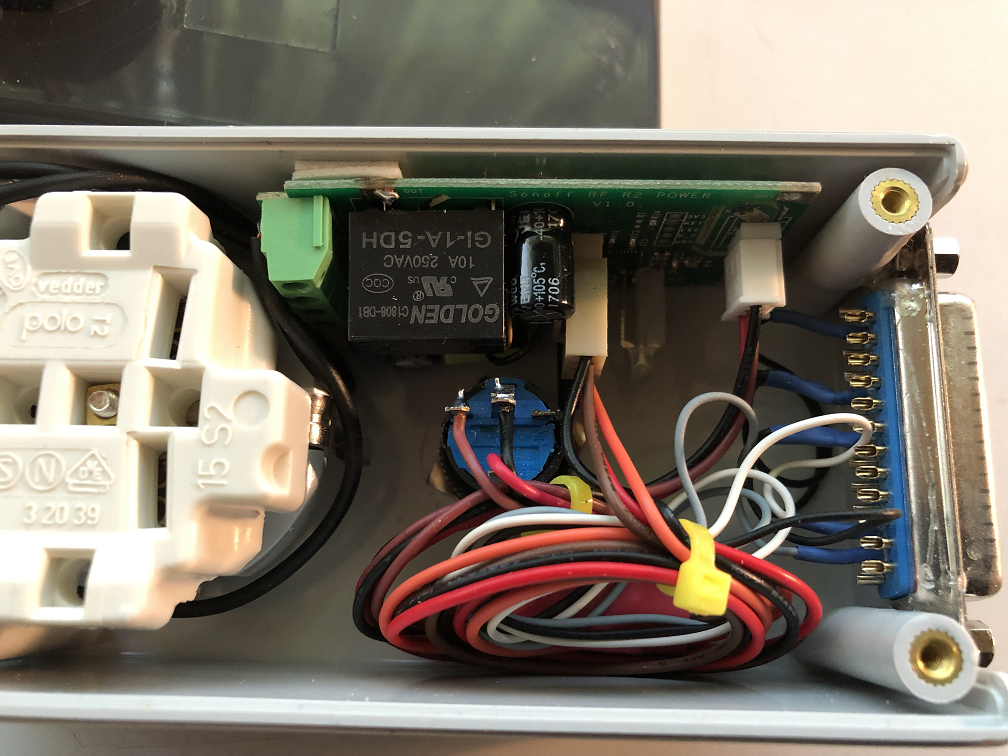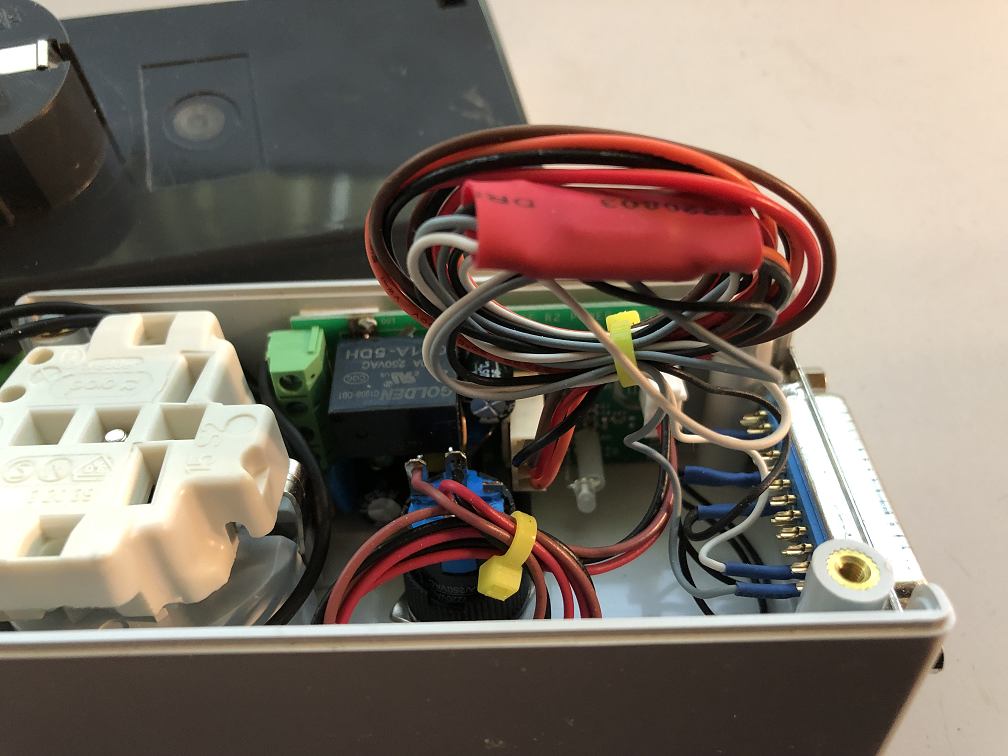History
Originally made for the German military in the 80s, they are available on the surplus market for little money.
Benefits
In contrast to the older, pure mechanical telex machines, this one uses a dot matrix printer and a hall effect keyboard. It is a very quiet machine. No big motor. Paper tape reading and/or punching is also not noisy at all. Power consumption is in the order of a few 10 Watts.
Baud Rates of 50, 75, 100 and 200 are supported. At 5 Bits, 1.5 Stop Bits this is about 26 cps.
Caveats of the TELEX system
The TELEX system uses a 5 Bit code called ITA2 (international telegraph alphabet #2). As such its has only 32 possible codes. It uses two of those codes (A... and 1...) to switch between letters and non-letters (digits and symbols). Four more codes (NULL, SPACE, CR and LF) have the same meaning in both shifted and non shifted, leaving only 2x 26 codes available:
letters....: ABCDEFGHIJKLMNOPQRSTUVWXYZ
non-letters: 0123456789.,:'+-/?=()☺☻♠♣♥
☺ represents a “bell” symbol which is printed and sounded
☻ represents a “who are you” symbol which is printed and the machine sends the auto answer string (can be disabled)
♠♣♥ are non printing codes on this machine
It is apparent, that while it may work well for FORTRAN and COBOL languages, most other languages will not be easy representable with this character set.
possible substitutions are:
[ → (.
] → .)
; → ,.
* → ☻
{ → -(
} → )-
- SPO use for a B5500 emulation
With some yet to be devised substitutions, the machine shall be used as the SPO for the B5500 emulation.
The machine I got, has a V.10 interface with a standard 25-pin DSUB connector. As such it can be directly connected to a MAX3232.
A small board (https://www.olimex.com/Products/ARM/NXP/LPC-P11C24/) is already used to control this machine and convert ASCII to ITA2 and back. Communication to a host computer is by CANbus.
- Internet Access using a SONOFF Basic Power Relais
The SONOFF Basic contains an ESP8285 WLAN SoC.
It can be easily reprogrammed with the Arduino Environment. With some extra Hardware (MAX3232) added, the serial interface is converted to V.10.
A TELNET client allows connection to any TELNET Server, for example the B5500. Pictures show the PCB mounted inside a power socket enclosure. The red shrink tube covers the small MAX3232 board, the external butten with LED just mirrors button and LED on the PCB.


